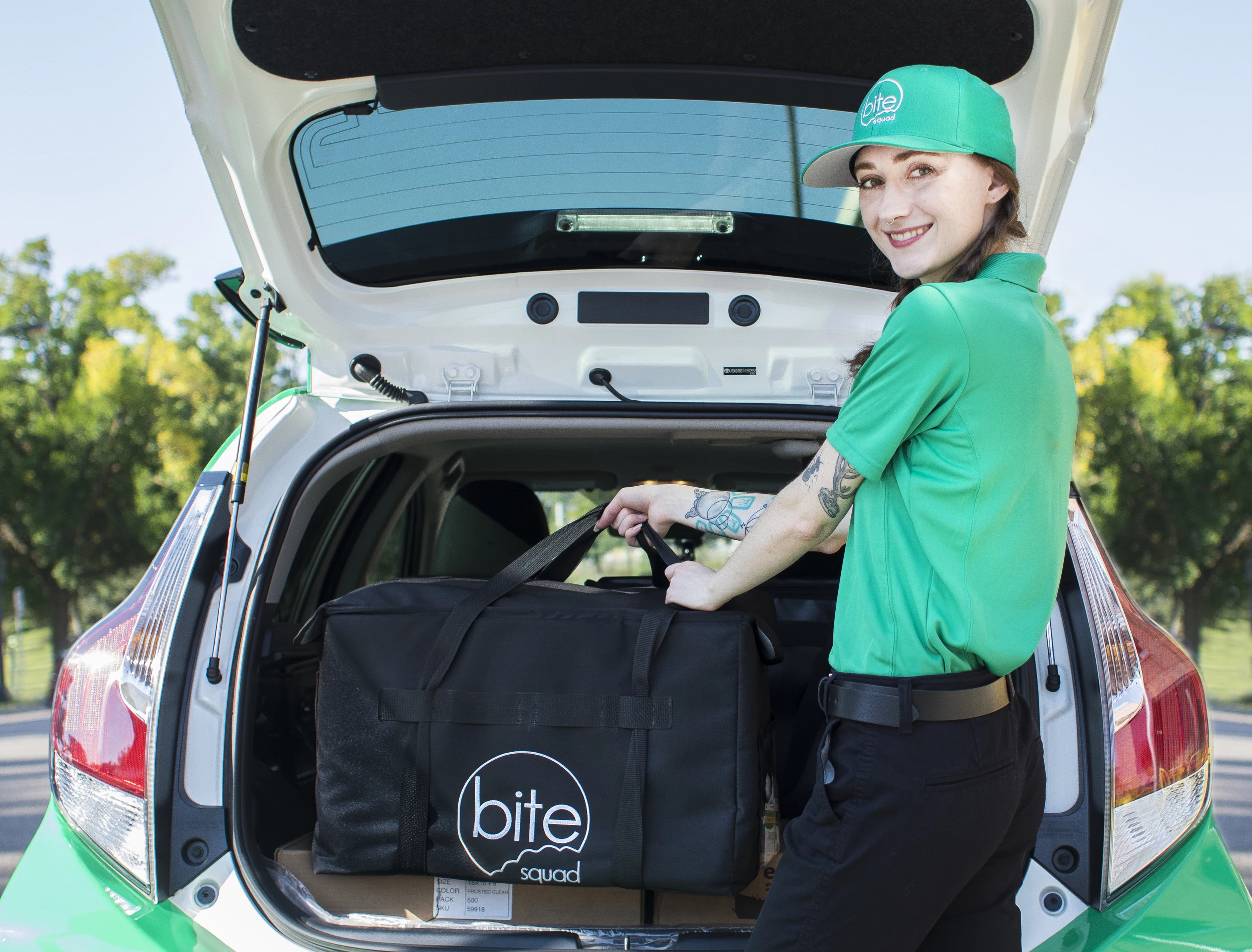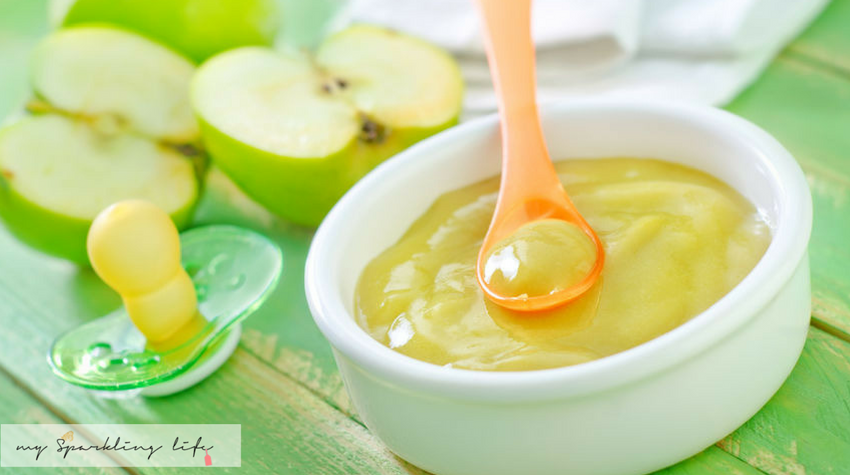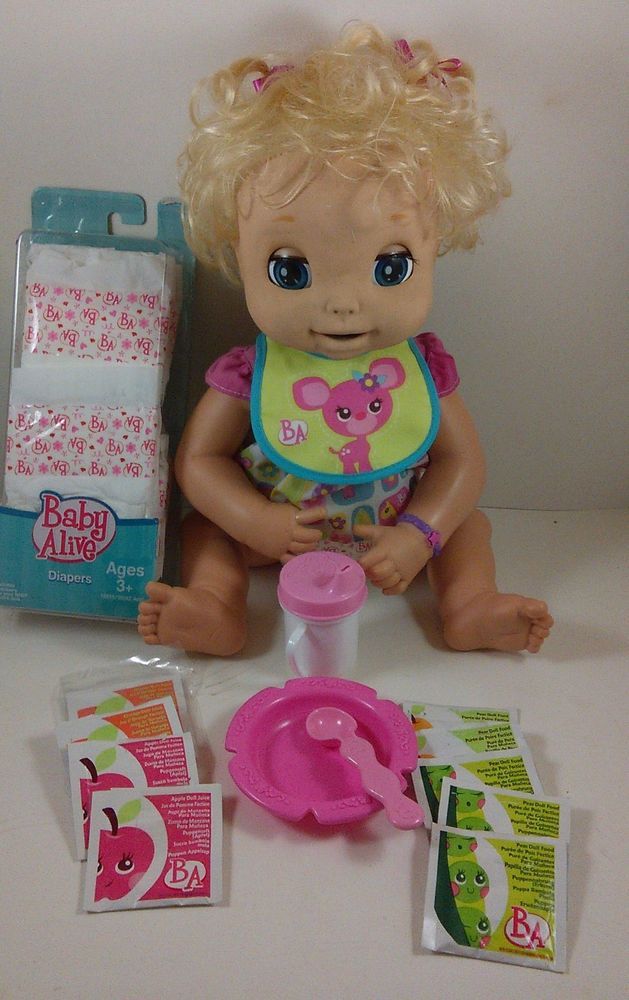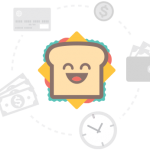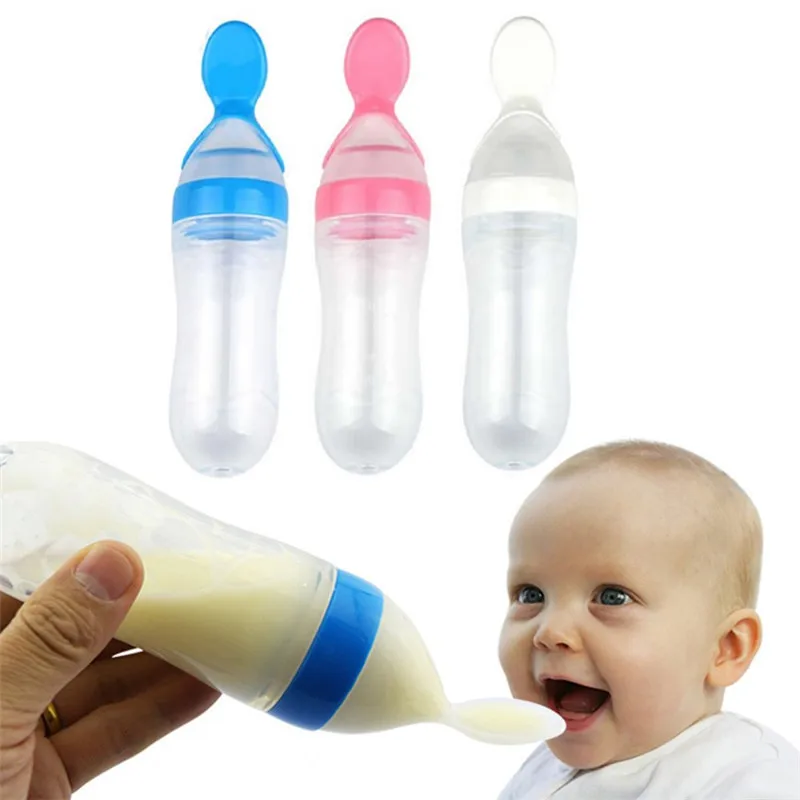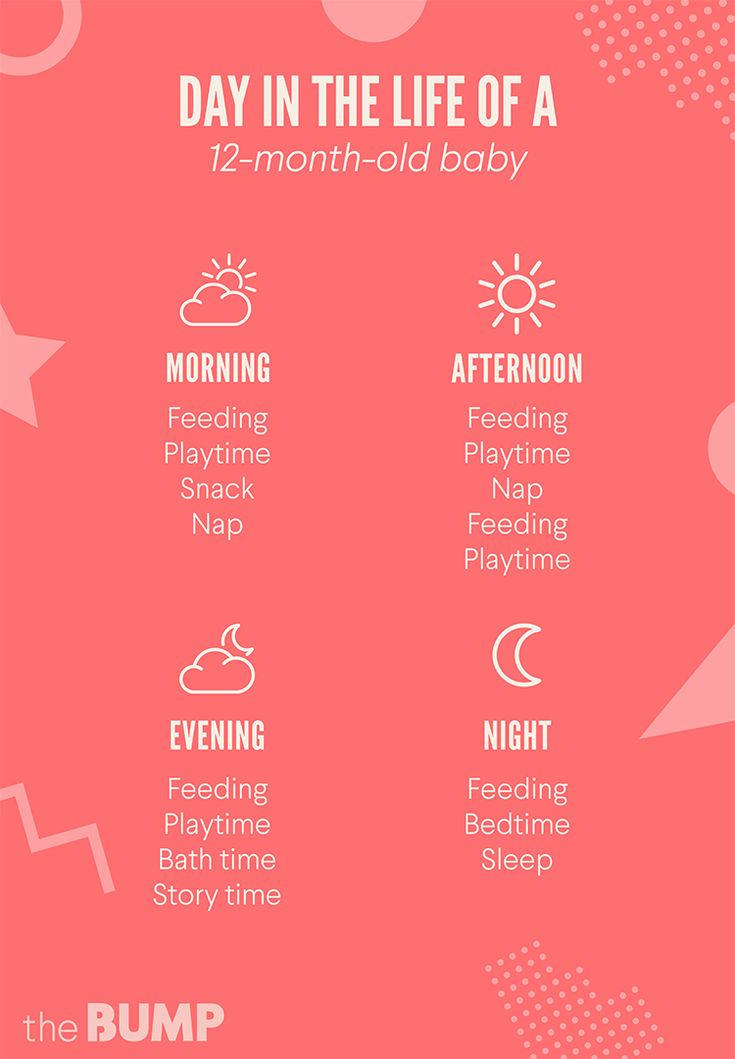Can babies eat spicy food
When babies can have spicy food and spices like pepper
You can introduce herbs and many spices as soon as your baby starts eating finger foods (usually around 8 to 10 months) – just don't add salt or sugar to their food. You want your baby to get used to the natural flavors of food and be willing to eat food that isn't heavily salted or sugared.
You can introduce new flavors into your baby's diet with spices like turmeric and cumin; herbs such as basil, oregano, and thyme; or by adding small amounts of flavorful foods such as onion, garlic, and ginger. All of these not only add flavor to your baby's food, but texture and color, too.
Don't use spices too heavily at first. Begin with mild spices like cinnamon and nutmeg. Other spices you can introduce are cumin, paprika, cardamom, cloves, and ginger. You can also season their food with a little bit of black pepper.
You may have raised your child's tolerance for hot stuff if you ate spicy food while breastfeeding – trace flavors and substances pass through your breast milk. But wait until your baby is at least a year old before you add curry, chili pepper, hot peppers like jalapeno or habanero, or other strong flavors to your child's diet. Children younger than a year are just getting used to basic foods and are especially prone to food reactions and sensitivities.
Also think about how your baby typically reacts to new foods. If your child is more sensitive, stick to blander fare for a while. Though they rarely trigger food allergies, spicy foods can irritate the digestive system and cause gastroesophageal reflux. If your child has gastroesophageal reflux, you may need to avoid spicy foods all together.
As you introduce stronger flavors, serve small amounts of foods you know your child can tolerate. That way, if they get an upset stomach, you'll be able to identify the culprit – and know to wait until they're older to try serving it again.
Are spices good for babies?
While it isn't clear exactly what role spices play in health, spices and herbs have been used for medicinal purposes across many cultures for a long time.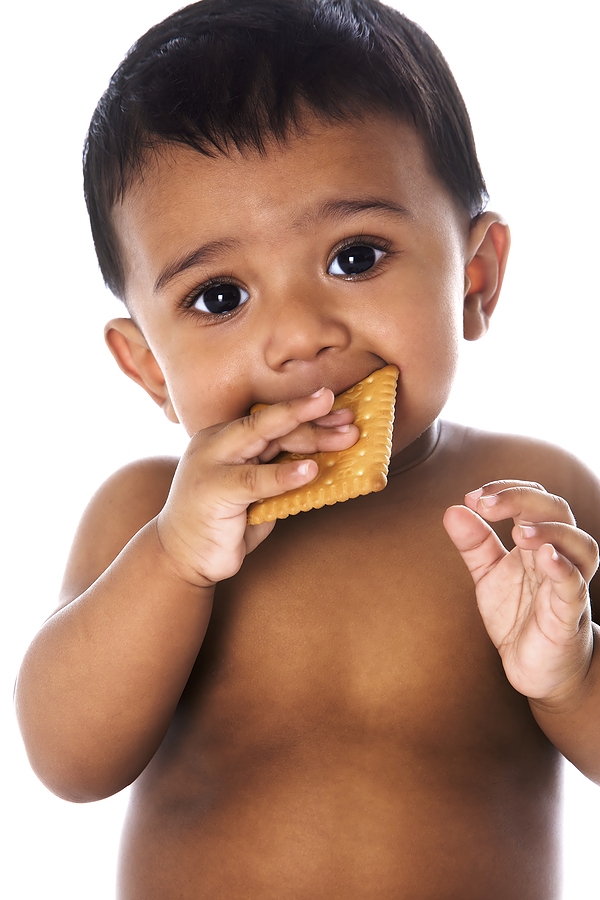 While your baby probably won't eat enough spices in a sitting to have direct health benefits, it's possible that having a variety of spices and herbs over their lifetime could influence their health.
While your baby probably won't eat enough spices in a sitting to have direct health benefits, it's possible that having a variety of spices and herbs over their lifetime could influence their health.
Introducing your child to a variety of flavors early on might also help them be open to trying and eating a variety of foods in their lifetime.
Can babies be allergic to spices?
It's possible for your baby to be allergic to spices, although it's usually an intolerance rather than an actual allergy. Life-threatening, anaphylactic reactions to spices are extremely rare, but it's important to know signs of an allergic reaction just in case.
Signs of a food allergy include hives, itchy skin rashes, swelling, sneezing, nausea, vomiting, diarrhea, and pale skin. If you notice any of these symptoms in your baby, take note of what they've eaten and let their doctor know. If your baby has symptoms in more than one part of their body (such as hives and vomiting or diarrhea), it could be an anaphylactic reaction, which is an emergency.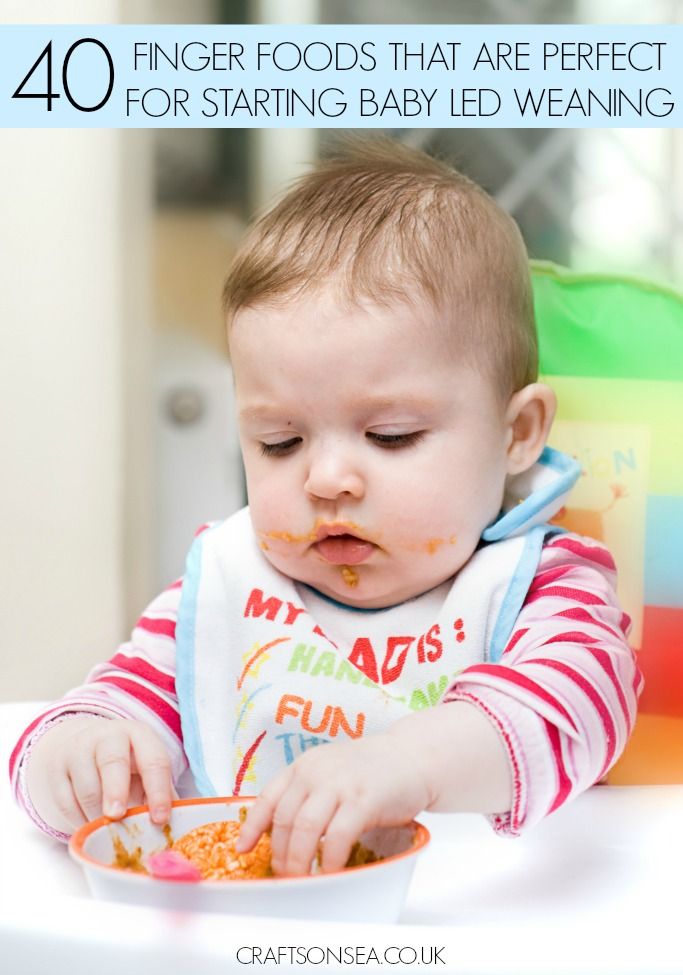
Other signs of an anaphylactic reaction are throat tightness, breathing problems, wheezing, lightheadedness, and loss of consciousness. If your baby shows signs of an anaphylactic reaction, call 911 or go to an emergency room immediately.
How to introduce spices into your baby’s diet
There are many ways you can introduce spices into your baby's diet. If you use spices when preparing your meals at home, feed your baby what the rest of the family is eating. Your baby could also try cinnamon in pureed apple, nutmeg with baked sweet potato, cardamom in baked goods, paprika on chicken, or cumin with beans.
You can also incorporate fresh or dried herbs, such as basil, mint, oregano, and rosemary. Cooking with onion, garlic, and ginger is also a great way to introduce new flavors to your little one.
5 Experts Answer: Is It OK to Give Babies Spicy Food?
Live Science is supported by its audience. When you purchase through links on our site, we may earn an affiliate commission. Here’s why you can trust us.
Here’s why you can trust us.
Each week, MyHealthNewsDaily asks the experts to answer questions about your health.
This week, we asked pediatricians and nutrition experts: Can babies handle spicy food? Their answers have been edited and condensed for space.
Marilyn Tanner-Blasier, RD, pediatric dietitian at the Washington University School of Medicine in St. Louis and spokesperson for the Academy of Nutrition and Dietetics:
Things are changing: people are starting to be a little more open-minded about introducing new food to babies. The word on the street is, if you are eating spicy foods, and it's in your breast milk, then the kids will like the flavor later.
When you're introducing foods to kids, keep it simple initially – go ahead and start introducing table foods, what the family is eating. But keep in mind that if you're going to give them the adult version with all these spices and strong flavors, it may be too much. If they're refusing it, try to simplify the dish.
But keep in mind that if you're going to give them the adult version with all these spices and strong flavors, it may be too much. If they're refusing it, try to simplify the dish.
From the safety standpoint, you want to make sure to use fresh spices that haven't been sitting on the shelf for three or five years. People tend to set them on the shelf for a long period of time, and then they have things growing in them. If you feed children spices, check the expiration date.
***
Dr. Anca Safta, pediatric gastroenterologist, director of endoscopy and assistant professor at the University of Maryland:
In infants there's a lot of debate on food introduction, even among pediatricians.
There's a difference between hot spices, and the aromatic ones. Aromatic ones — such as cinnamon, nutmeg, garlic, turmeric, ginger, coriander, dill and cumin — are perfectly fine to introduce to children, even in infancy after 6 months.
When introducing solid food, one should go ahead and try especially the aromatic foods. We live in a society where we think that baby foods have to be bland, but really you don't have to do that.
We live in a society where we think that baby foods have to be bland, but really you don't have to do that.
But I would not say the same for hot foods, per se. The hot part is not a taste, but rather involves stimulation of pain receptors, and infants might have a stronger and novel reaction to it, possibly creating an aversion.
There are pain receptors on the tongue and in the gut that are stimulated by spicy hot foods, specifically, a receptor called transient receptor potential vanilloid-1 (or TRPV-1), in the gut. Capsaicin — which makes peppers hot — binds to these receptors and sends pain signals to the brain. This is what creates the burning sensation on the tongue, pain in the gut and in some people, around the perianal area when defecating. Folks with irritable bowel syndrome can have bad reactions to spicy foods as a result of the stimulation of these receptors.
If we look all over the world, there are South American countries that eat a lot of hot foods, and there are many Asian countries that introduce it to kids early on. In some countries or cultures, spicy foods are introduced early, and with frequent usage — meaning it might be every day, it may be two or three times a week. Most children then become tolerant to different degrees of spiciness.
In some countries or cultures, spicy foods are introduced early, and with frequent usage — meaning it might be every day, it may be two or three times a week. Most children then become tolerant to different degrees of spiciness.
With aromatic spices, the only caution I would say is to introduce one new spice every four to five days, just to see if there's an adverse reaction.
***
Vanessa Kane-Alves, RD, clinical nutrition specialist for the Adolescent Medicine/Eating Disorders Program at Children's Hospital Boston
Whatever a mom wants to enjoy and eat [while breastfeeding], that's what she should be eating. For most moms, eating spicy food is perfectly fine, and can also help the babies be less picky when they are eating at the table, because they're being exposed to different foods in the breast milk.
Breast milk can change its flavor, depending on a mom's diet. For example, some studies have shown some babies prefer garlicky breast milk.
Some cultures recommend moms avoid specific foods, and other cultures recommend those same foods be used to introduce children to solid foods.
For spicy foods, whatever the family's diet is should be what the baby or child is offered. If the child has some kind of reaction, intolerance, fussiness, then avoid that food. There is no list of spices to avoid.
***
Vandana Sheth, RD, and spokesperson for the Academy of Nutrition and Dietetics:
First of all, it's absolutely a good idea to introduce spices to babies and young children. We want to try a wide variety of herbs of spices — not only are they adding flavor, they're also providing an antioxidant punch.
If you look at India, the Middle East or Latin American countries, people add a lot of variety in their baby food. Using a variety of spices to make food taste good will expand the child's palate, and also cut down on the sugar and salt that we often use to make foods taste better.
But we want to be careful because some children can be more sensitive to herbs and spices. So just like any introducing other foods, wait a few days to see if there's a reaction. Then try another.
So just like any introducing other foods, wait a few days to see if there's a reaction. Then try another.
Garlic, onion, cinnamon and vanilla are easy to introduce in the child's diet. Sprinkling cinnamon on a child's warm cereal will make it taste much better.
As for chili peppers — when you look at the cultural history of other countries, children are exposed to chili peppers, black pepper and white pepper. With young children, you want to start off with some of the other flavors in spices, then move on to the hot. In India they introduce turmeric, coriander and cumin first.
***
Dr. Stephen Borowitz, professor of pediatrics at University of Virginia
I'm not sure I would say it's good or bad, but it's perfectly reasonable and appropriate.
Cultures have been feeding babies the same spicy food adults eat for a long while. There's no reason to think that something spicy would be harmful to an infant any more than an adult. For most people who have gastrointestinal distress while eating spicy foods, it's not actually the spice, it's the grease that's the problem.
It's like eating a red hot candy, it burns in your mouth, but if you look at your mouth afterward there's actually no inflammation there. It's the same with most spicy food: you're not really doing any damage, you're just triggering a lot of nerves.
A baby's digestive capacity is pretty darn normal shortly after birth, so the differences are the difference in taste, and the ability to chew. Once they acquire a taste for the solids, they do just fine with hot foods. I don't think there's any contraindication to starting solid foods, spicy or not, as long as they are still getting nutrition, and in babies that's through milk.
More "5 Experts Answer" columns:
Lauren Cox is a contributing writer for Live Science. She writes health and technology features, covers emerging science and specializes in news of the weird. Her work has previously appeared online at ABC News, Technology Review and Popular Mechanics. Lauren loves molecules, literature, black coffee, big dogs and climbing up mountains in her spare time. She earned a bachelor of arts degree from Smith College and a master of science degree in science journalism from Boston University.
She earned a bachelor of arts degree from Smith College and a master of science degree in science journalism from Boston University.
Is it convenient for children to get used to spicy food?
Food causes anxiety in children, especially when they start eating or try everything. But in this "only" is it convenient that they eat spicy ? We're not talking about giving them chili to taste, but about making dishes as spicy as we adults eat them.
Consider gastronomic culture in which we feel immersed, the season of the year and local products. We recommend that if spicy is a regular part of the diet in your home and area where you live, your child will naturally get used to it. But, if it's not, you won't even miss out.
Index
- 1 Food that we can consider spicy
- 2 When can they start eating?
- 3 Pros and cons of spicy food
Food that we can consider spicy
Boys and girls, like adults, love delicious food with rich flavor.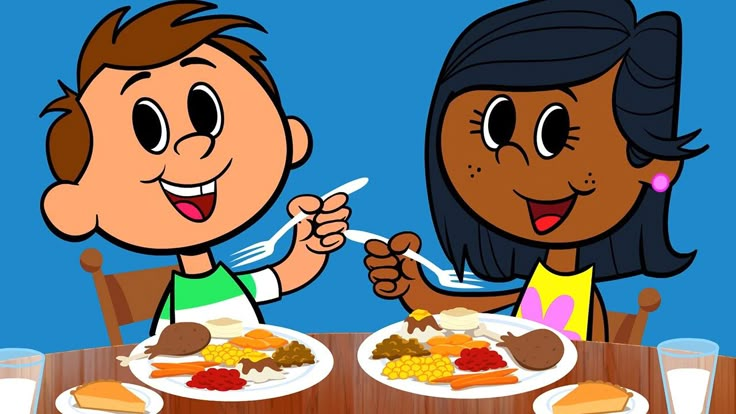 In fact, you'll notice that there are nuts and snacks flavored with these spicy flavors, and they're probably your kids' favorite. Don't forget to adapt the recipes, for example, to Mexican cuisine. If you are going to make cheddar cheese stuffed jalapenos, it is best to completely remove the seeds and white veins contained in this vegetable.
In fact, you'll notice that there are nuts and snacks flavored with these spicy flavors, and they're probably your kids' favorite. Don't forget to adapt the recipes, for example, to Mexican cuisine. If you are going to make cheddar cheese stuffed jalapenos, it is best to completely remove the seeds and white veins contained in this vegetable.
One of the foods that we consider spicy is which is so traditional in our stews and dressings. It has antiseptic properties, which at the same time avoid food poisoning. Other salty foods that we use in the kitchen that can be considered spicy are: onion , radish, cinnamon, cayenne or chili pepper, white pepper, black pepper and pepper . And to a lesser extent turmeric, nutmeg, ginger, cloves, cardamom...
If your son tolerates these scents well, and it doesn't cause reflux or stomach pain, nothing happens. By itself, the spice has many benefits for the body. Also for children's body.
Also for children's body.
When can they start eating?
Some pediatricians talk about introducing strong and spicy foods year after year. But it can lead to certain allergies. However, as we said at the beginning, everything will depend on the gastronomic culture in which you will develop. Children usually begin to eat spicy flavors. from the age of three.
Once you start introducing children to spicy or delicious foods, do some follow-up . Perhaps these products cause irritation of the mucous membrane of the stomach or intestines or heaviness in the child. In this case, children should stop taking acute.
Remember that while breastfeeding, if you overeat spicy foods, they will pass into your milk. What can develop spice intolerance on the part of the baby.
Pros and cons of spicy food
As a rule, spicy food helps fight colds, clears mucus from the lungs, improves the functioning of the digestive system. They also eliminate intestinal gases and intestinal parasites. So, in principle, there is nothing against your child eating spicy food.
They also eliminate intestinal gases and intestinal parasites. So, in principle, there is nothing against your child eating spicy food.
If your boy or girl has problems with urination, or any other infection of this type, it is not recommended to sharpen it at this time, because it will sting more when you pee. One piece of advice: never let children eat spicy food with their hands. A typical gesture of dipping nachos in jalapeno sauce. After that, they often rub their face or eyes, and this causes them considerable discomfort.
And taking Mexican food as an example, it's so obviously easy to prepare for kids, and that it's usually always a success. In any case, as a summary, we recommend that do not eliminate spicy foods entirely from your children's diet, but use it in moderation. There are many recipes that you adapt to your children's spicy tolerance and they will surely ask you to add more spices, does this situation sound familiar to you?
The content of the article complies with our principles of editorial ethics.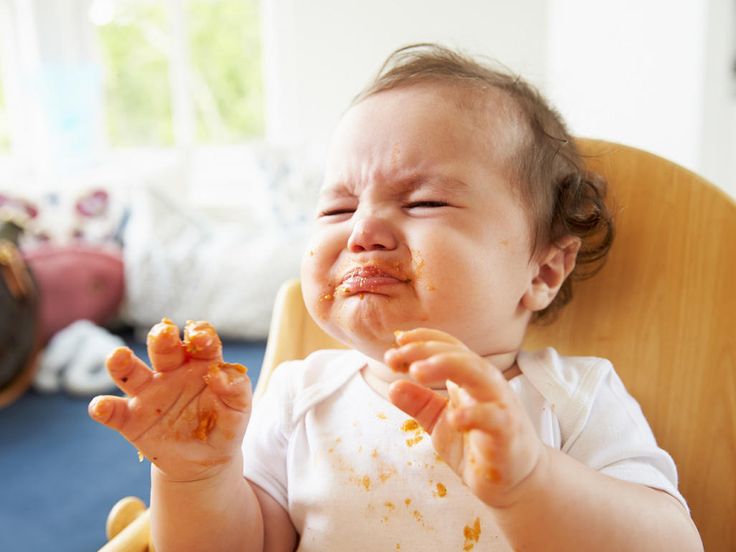 To report a bug, click here.
To report a bug, click here.
You may be interested
Does spicy food harm a child's stomach?
Communication
Ariadna
more than a year ago
My daughter is almost 7, on March holidays she visited her grandfather, and tasted ketchup there. Grandfather loves spicy, before every lunch and dinner he puts either ketchup or other spicy sauce on the table. My husband and I were seriously indignant, they said, acute is harmful. Grandfather convinces, says, on the contrary, spices are useful, strengthen the body. Maybe they strengthen, but I think not at the age of seven, when the ventricle is still tender. Or are we just wrong, and acute is already possible and necessary?
like
follow
complain
Your answer:
Get notified
Other topics discussed:
How to limit sweets to a child?
My son is a big fan of sweets, if only he would eat sweets and cookies. I try to limit, to give sweets only after eating, as a reward for having eaten everything. At the same time, a friend assures me that my son is such a sweet tooth precisely because I don’t give it to him. They say they have sweets in the free all the time at home ...
Pumpkin in a child's diet
My daughter does not like pumpkin at all, but it is very useful, it must be included in the diet. Who can share interesting recipes with pumpkin, such that the child would eat with pleasure. I tried just baking the pumpkin in slices and pouring honey on top, the dish is very sweet, but that's it...
Sharing homemade baking recipes for children
My kids drink kefir with something baked in the evenings. It has now become difficult to buy baked goods in stores with a good composition, without the addition of preservatives. I am happy to bake for my beloved family, I involve children in this work. They are happy to help in the kitchen. My son even...
How can I change my child's diet?
In the morning my daughter actually refuses to eat. He stuffs a couple of spoonfuls of porridge into his mouth with reluctance, no more, even with a scandal. I thought, elementary whims, I went to the trick - I offered to eat a cake and cookies in the morning. I was surprised, but my daughter refused. Says "I don't want to eat in the morning". Lunch is average...
He stuffs a couple of spoonfuls of porridge into his mouth with reluctance, no more, even with a scandal. I thought, elementary whims, I went to the trick - I offered to eat a cake and cookies in the morning. I was surprised, but my daughter refused. Says "I don't want to eat in the morning". Lunch is average...
What if the child does not eat unfamiliar food?
From a young age my son has not eaten anything that he does not like to see or that he does not know. By persuasion and force, we could not achieve anything. Only if he himself wants to try, then yes. Nothing changes over time. Now we are 7 years old, we eat a lot. But, what we don’t want to try, you can’t force.
Other sections:
Health
Power supply
Development
Education
kindergarten
purchases
Leisure
How to educate children
are known only those who do not have them!
V-DOME-DETI.RU
I like it
What are the children talking about?
Talking with Nikita (6 years old) about dreams.


